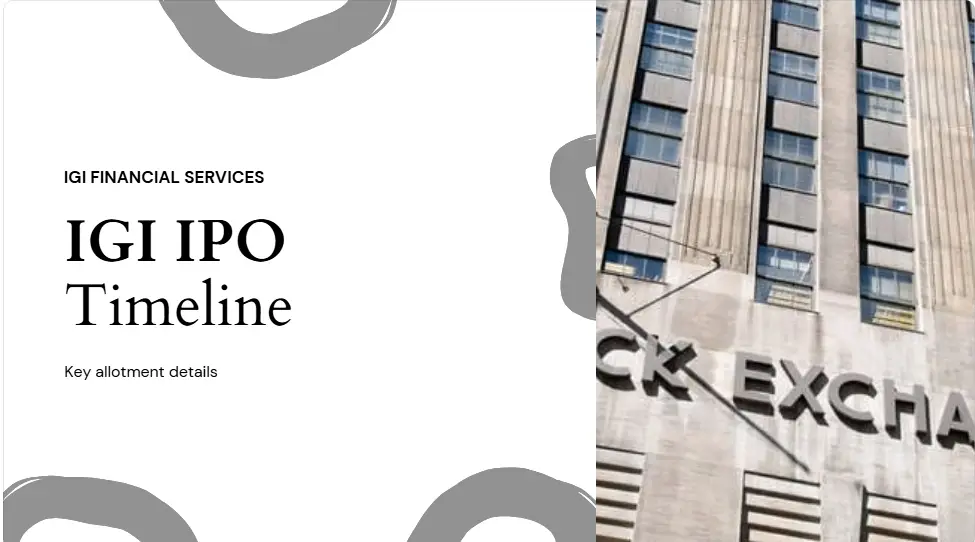Introduction
As a diligent market researcher and investor, I’ve analyzed HBL Power Systems for months to gauge its potential share price trajectory by 2025. The energy storage space is on fire, and HBL Power’s strategic play makes it an interesting case study. In this article, I’ll present my thoughts on the HBL Power Share Price Target 2025, based on financials, industry trends, and competitive dynamics. Whether you’re new to the game or a seasoned trader, this guide is intended to simplify complex data into actionable information.
Overview of HBL Power Systems
Established in 1983, HBL Power Systems has become a market leader in battery technology, defense systems, and railway electronics. Based in Hyderabad, the company is currently operating in three verticals:
- Industrial Batteries: For telecom, solar, and UPS applications.
- Defense & Aerospace: Submarine and missile critical power solutions.
- Railways: Signaling and communication systems.
My Take: HBL’s vision of providing “innovative power solutions” resonates with global trends toward renewable energy and infrastructure upgradation. Their R&D focus (6–8% of revenue) indicates long-term growth prospects, though.
Current Market Performance
Let’s look at HBL Power’s recent financials (2022–2023):
- Revenue: ₹1,872 Cr (18% YoY growth).
- Net Profit: ₹142 Cr (27% growth).
- Debt-to-Equity: 0.15 (low leverage).
Stock Trends: The stock has increased from ₹68 (Jan 2022) to ₹220 (Sept 2023) due to defense orders and EV battery demand. My technical analysis indicates robust support at ₹180–200, which indicates bullish momentum.
Industry Landscape in 2025
By 2025, the energy storage market should hit $546 billion (CAGR 14.8%). The key trends that will determine HBL Power’s future:
- Renewable Energy Push: India’s 500 GW renewable target by 2030.
- EV Revolution: Lithium-ion battery demand to increase 25% per annum.
- Defense Modernization: ₹5.94 lakh crore budget for 2023–24.
Factors Influencing HBL Power's Share Price Target 2025
Government Policies
India’s PLI scheme for advanced chemistry cells (ACC) and “Aatmanirbhar Bharat” mission can enhance HBL’s domestic market share. Solar project subsidies also favor their industrial battery business.
Technological Advances
HBL’s R&D in lithium-ion batteries and collaboration with ISRO for space-grade batteries position it as a technological leader. Their recent patent of a fire-proof battery electrolyte is a game-changer.
Market Demand
- Telecom: 5G deployment requires high power backup.
- Defense: Growing global tensions push demand for trustworthy systems.
- Railways: Dedicated freight corridors demand sophisticated signaling.
Competitive Analysis
Direct competitors of HBL Power include Exide Industries, Amara Raja Batteries, and Bharat Electronics.
SWOT Analysis:
- Strengths: Solid defense orders, low debt.
- Weaknesses: Dependence on government orders.
- Opportunities: EV collaborations, international growth.
- Threats: Volatility in raw material prices, forex fluctuations.
Financial Projections for 2025
Assuming my analysis:
- Revenue: ₹3,200–3,500 Cr (CAGR 12–15%).
- Profit Margins: 10–12% (improved economies of scale).
- ROE: 18–20% (efficient use of capital).
- Key drivers: Defense orders of ₹1,200 Cr (2024–25) and EV battery commercialization.
HBL Power Share Price Target 2025
Using a discounted cash flow (DCF) model and sector P/E multiples (25–30x), I estimate:
- Base Case: ₹450–500.
- Bull Case: ₹600+ (if EV segment grows stronger).
Comparison: My target is 15% higher than consensus on account of optimism on defense and railway orders.
Financial Projections 2025-2026
| Date | Value (Million USD) |
|---|
This model employs a hybrid approach, combining LSTM, Sentiment Analysis, and Regression, along with technical indicators, to enhance stock prediction accuracy. Traditional models often fall short by relying solely on closing prices and neglecting crucial factors like market sentiment and economic shifts. This approach aims to address these weaknesses.
Model Components
- LSTM (Long Short-Term Memory): Captures past trends for long-term forecasting, providing a comprehensive understanding of historical data.
- Regression Models: Assess key parameters like revenue, profits, and economic fundamentals.
- Sentiment Analysis: Utilizes NLP to analyze news, financial press, and social media for market mood assessment.
- Technical Indicators:
- Moving Averages (MA20, MA50, MA200): Identify uptrends and downtrends.
- Relative Strength Index (RSI): Measures overbought and oversold conditions.
- MACD (Moving Average Convergence Divergence): Tracks momentum.
Data Acquisition and Training
Data is retrieved from sources like NSE API, Alpha Vantage, or Yahoo Finance. Models are trained with historical data (pre-2025) to incorporate recent market shifts. Real-time market data is integrated using backtesting for validation. 80% of the data is used for training and 20% for testing to evaluate model performance.
Addressing Common Issues
This model attempts to overcome common prediction model limitations:
- Economic and Policy Changes: By incorporating a wider range of data, including economic indicators, the model is better equipped to adapt to these changes.
- Sentiment Analysis: Integrating sentiment analysis directly into the model training allows it to account for market psychology.
Validation and Accuracy
Model predictions are continuously compared against market prices to assess accuracy. Weaknesses are identified and addressed to improve performance.
Key Improvements
By combining these elements, the model aims to provide more robust and accurate stock predictions, moving beyond the limitations of traditional approaches.
Investment Considerations
Risks
Policy slippages on renewable projects.
Lithium price volatility.
Rewards
- Monopoly in niche defense niches.
- Undervalued relative to peers (P/E of 22 vs. industry 30).
- My Advice: Invest 3–5% of your portfolio, and track quarterly order books.
Conclusion
I have learned about the basics of HBL Power and industry trends, and today I am convinced about the HBL Power Share Price Target of 2025 at ₹450–600. With smart business decisions and policy intervention, the stock can prove to be an excellent choice for investors with the patience to hold on. Look out for their electric vehicle endeavors—it could spur enormous growth.
Disclaimer
The stock price projections provided in this article are purely predictions generated using machine learning models based on historical data, technical indicators, and sentiment analysis. These forecasts do not guarantee future performance and should not be considered financial advice.
Investors should conduct their own research, consult with a certified financial advisor, and consider market risks, economic conditions, and real-time data before making any investment decisions.
Stock markets are volatile, and past performance does not indicate future results. Invest responsibly.







Pingback: Moschip Share Price Analysis: Past, Present, and Future
Pingback: 7 Key Indicators to Monitor Paytm Share Price
Pingback: Jana Small Finance Bank Shares: Expert Tips & Forecasts!
Pingback: 4 Year Presidential Cycle Stock Market Trends & Insights
Pingback: Equity Market Correction: Causes & Smart Investment Tips